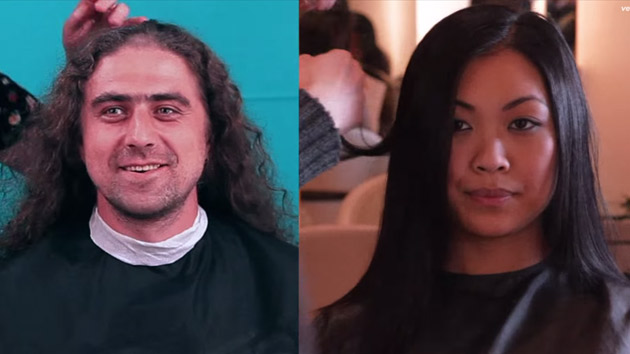Stock footage, like many opportunities, is what you make of it.
Some clips might seem odd or unusable, but when you need a short clip to set a scene or to fill a gap, you'll be really grateful that a videographer went to the trouble of capturing it. Many establishing shots from TV and movies, for instance, are stock video clips that have been re-purposed. More studios are turning to stock clips, making them ever more mainstream. It's difficult to spot them unless you know to look for them. At their best, they fit seamlessly into projects and productions.
All forms of entertainment hope to lure in and keep an audience focused on the narrative. This is a trend that's found its way into marketing and advertising in recent years. If you think about your favorite recent ads, chances are what they have in common is they deliver a story, start to finish. Stock footage isn't intended to supplant great storytelling; it will enhance it. Here are three ways you can explore the depths of stock video to broaden your horizons:
1. Music videos.
Yes, this artform may have seen its better days come and go, but thanks to YouTube people are again watching music videos from the world's top artists. Even if the videos never make it onto MTV, they can pick up a following thanks to the natural virality of the Web. No matter the subject, to keep a story going in a three- to four-minute music video you'll want to pan to other shots to keep the audience engaged and curious. You can capture the look and feel of an exotic location without leaving the editing room. More possibilities open up.
In certain cases, the rich offering of clips available can break creative blocks. Searching and sifting through an array of videos will provoke new ideas of what's missing from the project. Drop in a clip that will spark an emotion, from love and companionship to loss or isolation. To achieve that, you don't need to spend time on what are bound to be expensive shoots trying to capture these feelings. It can be added in post-production, freeing the talent to move on to other pursuits.
2. Advertisements.
The move to narrative storytelling has changed advertising for the better. Audiences today don't expect to be sold a product as much as be shown a glimpse into a lifestyle or one anecdote to represent a company's position. Cylink, an Internet service provider, was ahead of the rest with its campaign a few years ago that called upon nostalgia to attract new customers. The archival stock footage clips from the 1950s showcase people of all ages having a great time, dancing without a worry in the world.
What makes this video so effective is the contrast between what you're watching and the voiceover directing you to an e-business. Of course, the Internet wasn't available when this footage was shot. But the ad is reminding people of the great times they had then, and attaching those feelings to the introduction of an Internet service. The grooviness of days past lives on.
3. Content marketing.
This is the hot field of marketing. Even President Obama, who recently sat down with comedian Zack Galifianakis for an episode of Between Two Ferns, is experimenting with the content marketing strategy while encouraging young people to go to and sign up on healthcare.gov. Can you think of a better way that President Obama could have gotten this message out? It paid off right away with an increase in traffic and signups on the site. There was an implicit call to action that many people followed.
Every piece of content marketing needs to be unique and compelling in its own way, and adding some stock footage can turn an amateur piece of content into something much more professional. For example, ahead of the release of The Hunger Games in the fall, Shutterstock remade the 12 districts using stock video and put them up as a series on Instagram. Hooking your content marketing to a big event like that will immediately position you inside of the larger conversation already happening. With video content, you're already better off, since videos tend to get shared most.
Video marketing requires some intuition about what will work. Shooting everything yourself might sound like it's a worthy endeavor at first, yet the time, costs, and resources can quickly add up. By relying on some pre-made videos that you can insert into your project, you'll have an easier time achieving your vision. And when that happens, the viewer is the one who is most rewarded. In turn, you'll get the payoff you seek.
Danny Groner is the manager of blogger partnerships and outreach for Shutterstock
Did you enjoy this article? Sign up to receive the StudioDaily Fix eletter containing the latest stories, including news, videos, interviews, reviews and more.
